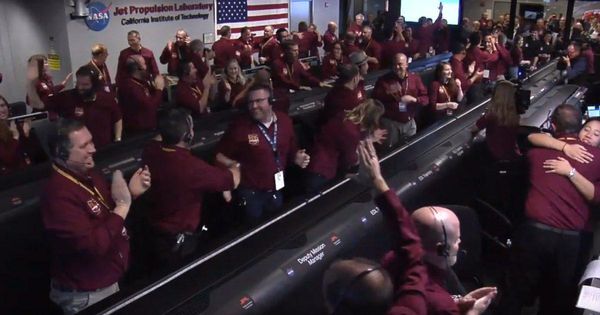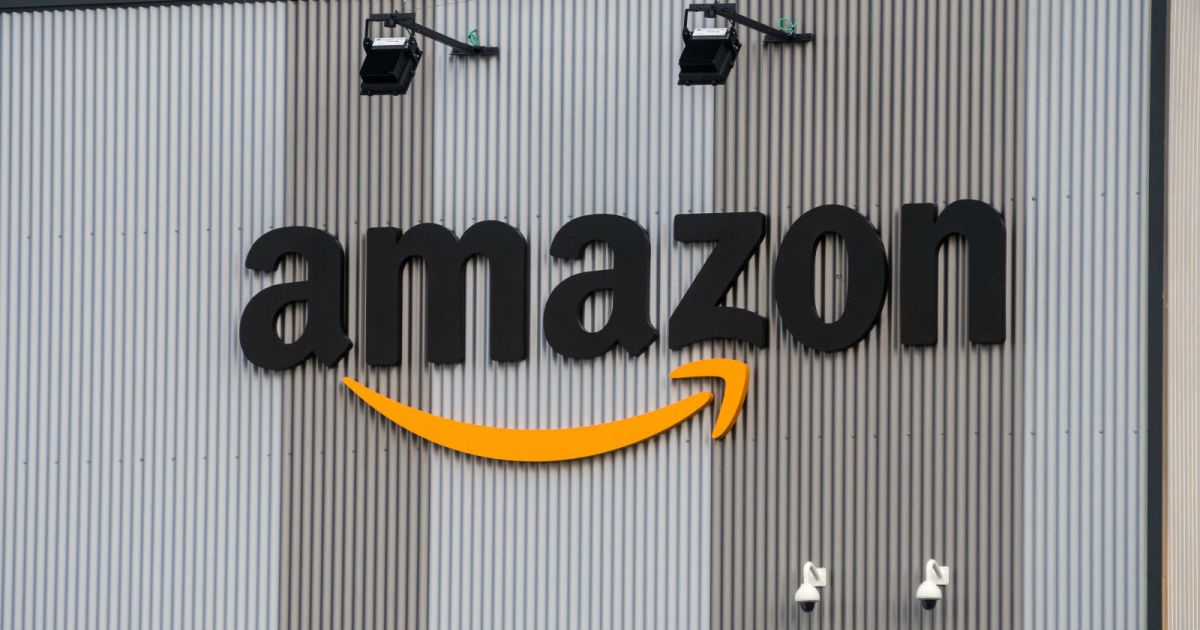Here’s a 2-min video of my recent talk in #Dubai for the inaugural #GSTalksUAE event. I was really excited that the UAE Prime Minister’s Office brought me in to talk specifically on #transhumanism and how it might improve Government Services. In the last year, many countries around the world have been getting in touch with me to better understand transhumanism and our changing #future. Click on the link to watch the video: https://www.instagram.com/p/BqcN2bUHnwA/?utm_source=ig_share…9IE5_ASuEA
Get the latest international news and world events from around the world.



Bitcoin Cash Wars End With No Relief for Biggest Cryptocurrency
Update on bitcoin crash https://www.bloomberg.com/news/articles/2018-11-23/b…tocurrency https://paper.li/e-1437691924
Please make sure your browser supports JavaScript and cookies and that you are not blocking them from loading. For more information you can review our Terms of Service and Cookie Policy.
Why do we need research on longevity? Interview with Aubrey de Grey (SENS)
Very good tidbits here. Especially happy about Aubrey talking about the myth of overpopulation.
Why do we need research on longevity? Interview with Aubrey de Grey (SENS) at the EHA 2018 in Brussels. We talk about anti-aging and the latest scientific research to increase our longevity.
🚀 Want to know more:
https://superhumantalks.com (ENG)
https://peterjoosten.net/anti-aging (NL)
💯 Subscribe to my channel:
https://peterjoosten.net/youtube
📩 Subscribe to my Superhuman Talks newsletter:


Dissolution & Decay: Traits of the Posthuman Gothic
The posthuman search for ‘actual’ eternal life seems the opposite of the argument of this unhelpful book, imo https://thewastedworld.wordpress.com/2018/11/24/dissolution-decay/ https://paper.li/e-1437691924
In closing, I wish to make some final remarks on the purpose of theorising a Posthuman Gothic. Far from being the joyous celebration of vitality, agency, and connection most touted by its proponents, under the Gothic sign the Posthuman takes on a far more ambivalent character. The Gothic looks to a world beyond us—even without us, or at least not for us—and so without knowing it, the Posthuman and the Gothic are already intertwined. Both look outside the human to the weird amalgamations of body and machine, spirit and dirt, and the eerie influences of systems far greater than we may know. The Posthuman project is twisted up not only in Gothic categories and aesthetics, but Gothic commitments: it displays a mixed fascination with the spectres of the past while looking to a future wrenched free from the decayed laws of the dead.
The Posthuman Gothic stands at a crossroads. On the one hand it sees the deep past emerging into the near future, as circuits of matter, whether technological or earthly, put to rest the myth of the autonomous human subject. On the other, it balances the experience of utter privation and dehumanisation with the escape from human finitude. Two angles arch away from the human, into that liminal space occupied by the Gothic, which keeps one foot grounded in the human, while the other hangs over the precipice. In short, the Posthuman Gothic makes known its haunting by a human past to better cast itself into futures more or less joyous, and more or less terrifying. Here the mixed feelings of the Gothic seep through the framework of the Posthuman. The Posthuman Gothic recognises that “there is an enjoyment in seeing the familiar and the conventional become outmoded,” and that it is only in the death of the present that other futures may be imagined (Fisher 2016, 13).
Bibliography.

NASA Live: Official Stream of NASA TV
LANDING NOW!!! SUCCESS! MARSINSIGHT HAS LANDED. WAITING FOR THE FIRST IMAGES LATER ON TODAY! CONGRATS NASA.
Direct from America’s space program to YouTube, watch NASA TV live streaming here to get the latest from our exploration of the universe and learn how we discover our home planet.
NASA TV airs a variety of regularly scheduled, pre-recorded educational and public relations programming 24 hours a day on its various channels. The network also provides an array of live programming, such as coverage of missions, events (spacewalks, media interviews, educational broadcasts), press conferences and rocket launches.
In the United States, NASA Television’s Public and Media channels are MPEG-2 digital C-band signals carried by QPSK/DVB-S modulation on satellite AMC-3, transponder 15C, at 87 degrees west longitude. Downlink frequency is 4000 MHz, horizontal polarization, with a data rate of 38.86 Mhz, symbol rate of 28.1115 Ms/s, and ¾ FEC. A Digital Video Broadcast (DVB) compliant Integrated Receiver Decoder (IRD) is needed for reception.